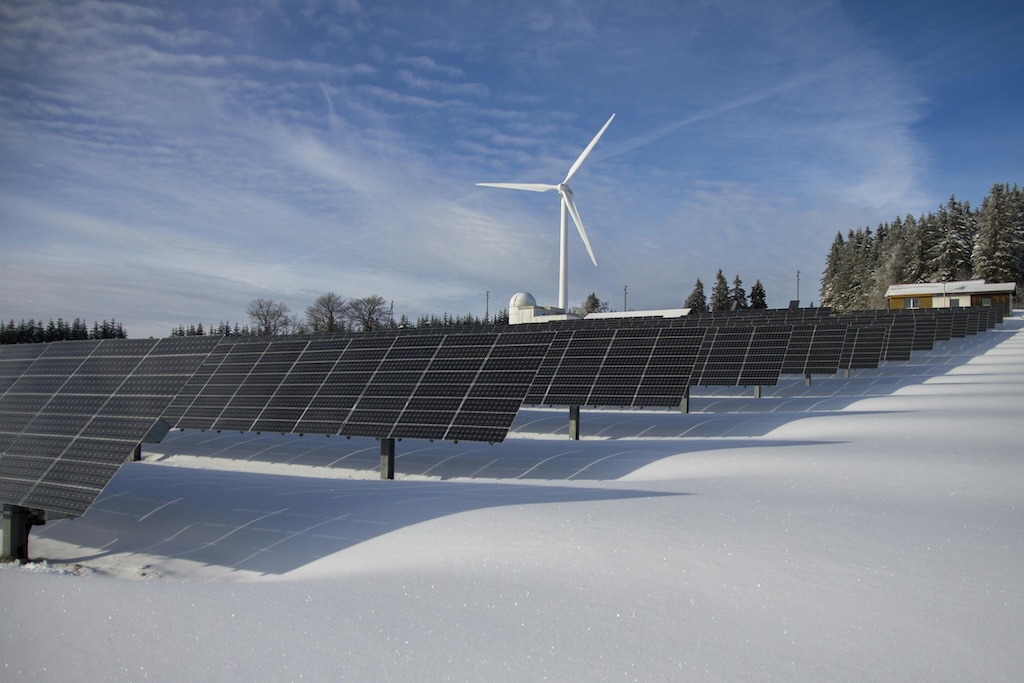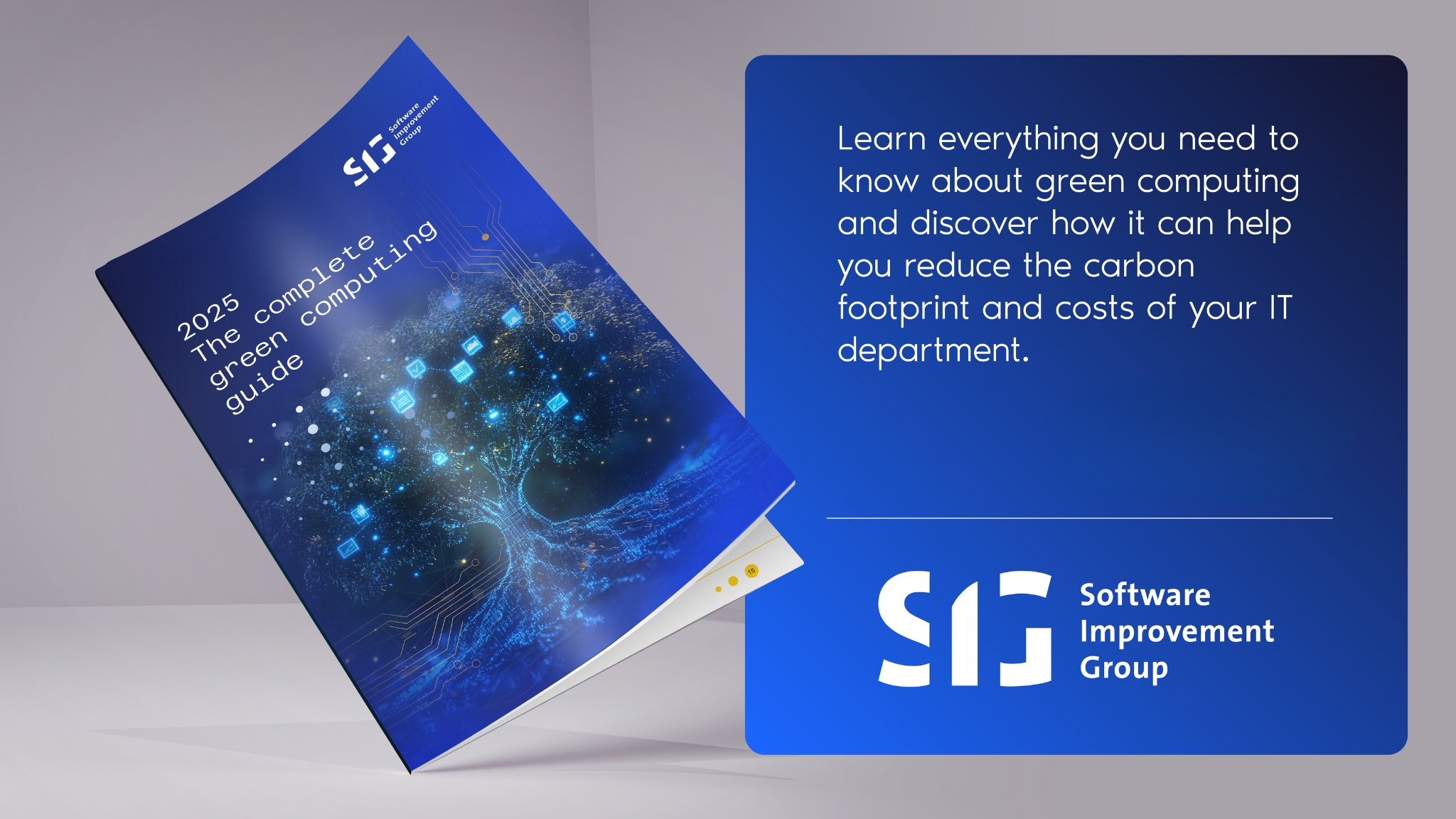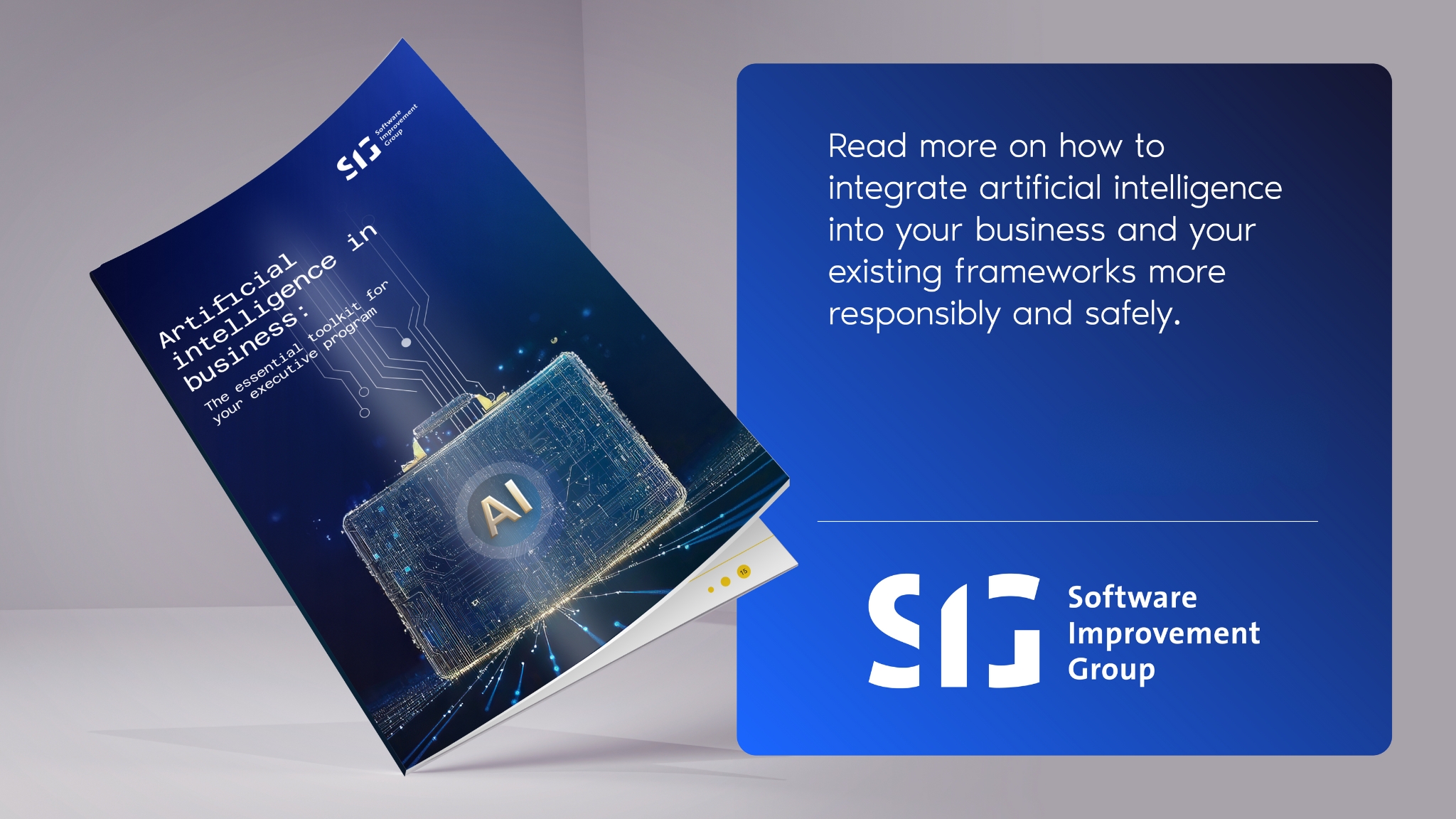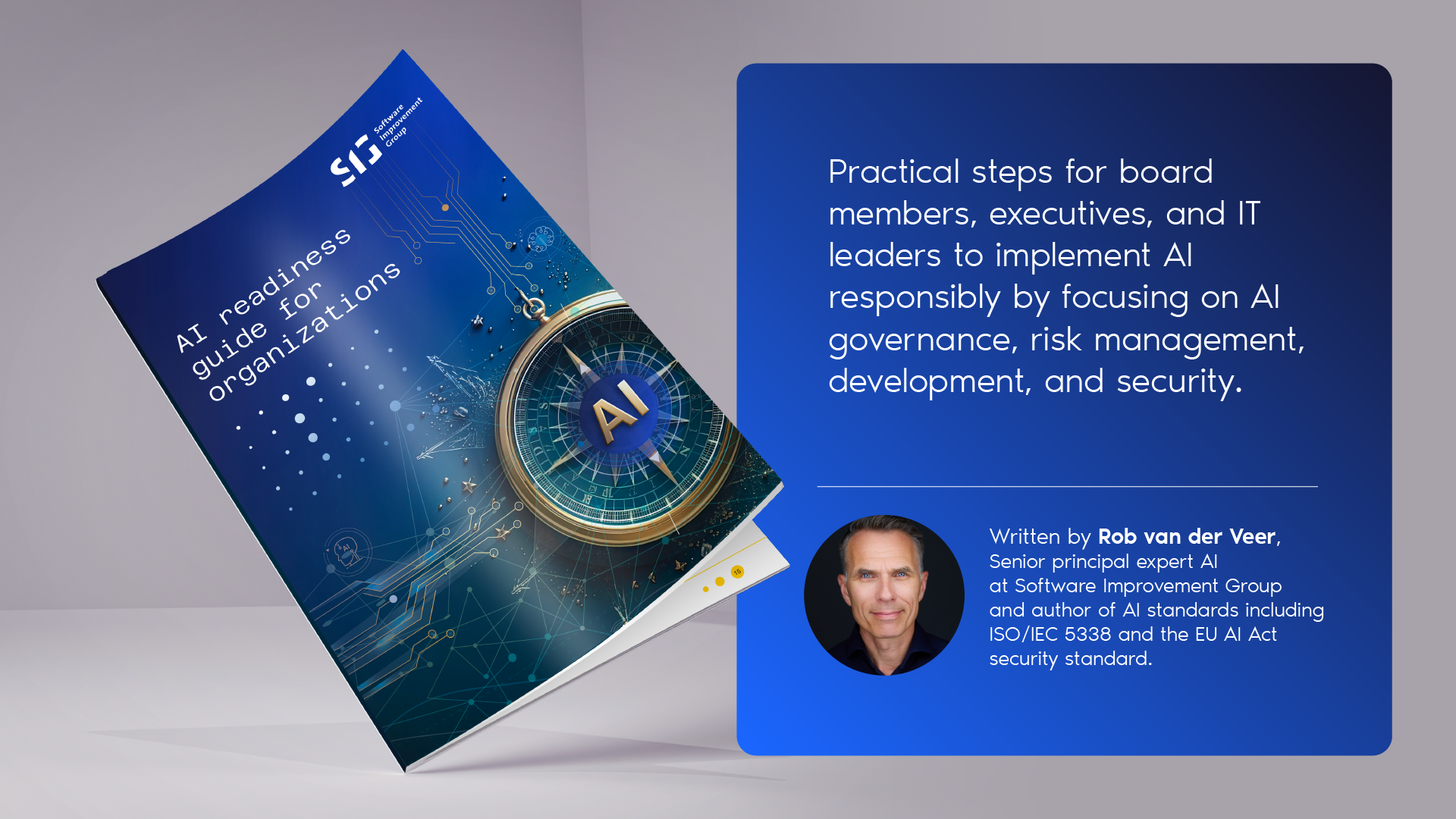The complete guide to green computing
In this article
Some striking stats about green computing
As our digital world expands, so too does the environmental impact of IT. Data centers alone consume 2% of global electricity today, a number set to jump to 8% by 2030. And by 2040, the IT and Communications sector could be responsible for a staggering 14% of the world’s carbon emissions.
So, what’s the solution? Well, that’s where green computing comes in. It’s all about finding smarter, greener ways to manage IT operations. And it’s not just about energy-efficient servers or recycling old hardware—software plays a big role as well.
Inefficient code and data-heavy apps can quietly waste huge amounts of energy, which is why sustainable software practices are so important. Not only can they shrink your carbon footprint, but they can also make your business more efficient and cost-effective.
This guide is here to help organizations take advantage of green computing to reduce costs, keep up with regulations, and even spark innovation.
Ready to get started? Let’s dive in.
Chapter 1: Green computing and the benefits of sustainable software
Green computing not only benefits the planet but also boosts business success. As companies face increasing demands to cut their carbon emissions and meet sustainability standards, adopting Green IT provides a win-win solution—delivering both environmental advantages and operational efficiencies.
Green computing often emphasizes hardware, but software plays an equally vital role. Sustainable software practices, from minimizing energy use to boosting productivity, are essential for building more efficient and resilient businesses.
In this chapter, we’ll take a look at what green computing means, why it matters, and how adopting green coding can help organizations contribute to a greener future while gaining a competitive edge.
What is green computing?
Green computing, also known as green IT or sustainable IT, refers to practices aimed at minimizing the environmental impact of IT operations.
Historically, the focus has been on replacing hardware with more eco-friendly alternatives or recycling old equipment. However, software’s role is increasingly recognized as a critical factor in reducing IT’s carbon footprint.
For example, inefficient coding practices or poorly optimized software can increase energy usage significantly. By prioritizing more efficient development practices, businesses can lower energy consumption and emissions while improving software performance and quality.

The benefits of green computing
Alongside the environmental imperative, green computing also provides numerous business benefits:
1. Reduced carbon footprint
Efficient software development can significantly reduce the energy consumed by IT systems. At Software Improvement Group (SIG), our research shows that adopting green computing practices can lower energy usage by 17% on average—with reductions as high as 90% in some cases.
One study found that programming language Python, for instance, uses 61 times more energy than coding with C, showing how small tweaks in software development can go a long way.
2. Better regulatory compliance
As climate regulations increase around the world, businesses must adapt to avoid penalties:
- The EU’s Corporate Sustainability Reporting Directive (CSRD) mandates environmental reporting for relevant companies starting in 2024.
- The Securities and Exchange Commission (SEC) in the US aims to standardize climate-related disclosures.
- The UK’s Sustainable Disclosure Regulation (SDR) enforces consistent sustainability reporting for investors.
Green computing practices equip companies to meet current requirements and proactively adapt to future legislation.
3. Economic advantages
Sustainability and cost-efficiency often go hand in hand. Writing efficient code reduces energy costs during development and operation, cutting energy bills by 17-90%. It also reduces maintenance burdens, allowing teams to focus on innovation, boosting productivity and ROI.
4. Improved productivity and employee retention
Green coding practices also improve code quality and scalability, making systems easier for developers to maintain and enhance. This not only increases productivity but also reduces stress on teams, boosting employee satisfaction and retention.
Real-world examples of green computing success
Here are some examples of how green IT can make a positive impact:
- BitTorrent: By introducing a new, green proxy architecture, BitTorrent reduced energy consumption of their peers’ devices by up to 95% and improved download speeds by 22%, achieving both sustainability and a better user experience.
- Zoom: An experimental case study into ‘greening’ Zoom found that removing unnecessary automatic downloads could save 13.7 tons of CO2 annually, equivalent to 14 Berlin-New York flights, without impacting functionality.
Curious to learn more about the benefits of green computing? Read more here.
Chapter 2: How green code reduces your carbon footprint
As we learnt in Chapter 1, green computing isn’t just about hardware, it’s about software too. Poor coding practices and inefficient development decisions can significantly increase energy consumption, adding to the IT industry’s growing carbon footprint.
In this chapter, we’ll explore how green code helps organizations reduce their carbon footprint and the role of IT leaders in driving sustainability.
Understanding software’s carbon footprint
While software itself isn’t a physical entity, the energy required to develop, maintain, and deploy it contributes to greenhouse gas emissions. For example, choosing inefficient coding languages or failing to optimize system architecture can lead to software that demands unnecessary energy at every stage of its lifecycle.
Three major contributors to software’s carbon footprint
- Coding and development: Inefficient programming languages and poorly designed algorithms increase energy consumption, both during development and when the software is in use. AI model training is a prime example—training one neural network can emit as much carbon as five cars in their lifetime.
- Maintenance: Legacy systems and inefficiently written code result in technical debt, consuming excessive resources for updates, debugging, and scaling.
- Deployment: Software that relies on energy-intensive loops, large memory allocations, or excessive processing demands more electricity from end-user devices.

Why developers should care about green code
For software engineers, adopting green coding practices can offer massive benefits to their projects and teams.
Top benefits of green code
- Environmental impact: Reducing software energy consumption helps address the ICT industry’s contribution to global carbon emissions.
- Cost savings: Efficient software can lower energy costs by 17-90%, benefiting operational budgets.
- Innovation opportunities: Clean, maintainable, and green code empowers engineers to focus on innovation instead of getting bogged down by tedious maintenance tasks.
- Improved performance: Prioritizing efficiency leads to faster, more reliable, and higher-quality software, enhancing user experiences.
Best practices for green code
So, how can organizations actually tap into the benefits described above? Here are some easy practices you can implement to start reaping the benefits of green computing.
1. Make your coding more energy efficient
- Consider using more efficient programming languages like C or Java instead of energy-intensive ones like Python for high-impact applications.
- Optimize algorithms, favoring those with lower time complexity, such as binary search over linear search for sorted data.
- Reduce media file sizes and optimize memory usage to lower energy demands.
2. Develop a green coding framework
- Implement tools to measure software energy consumption, such as PowerAPI or JoularJX.
- Adopt frameworks like the Software Carbon Intensity (SCI) or Green Software Measurement Model (GSMM) to track and improve carbon efficiency.
3. Optimize software for hardware
- Design software to run efficiently on existing hardware, extending device lifespans and reducing e-waste.
- Use intelligent orchestration to balance workloads and avoid overloading systems.
4. Choose the right region for cloud-based computing
Opt for regions with low-carbon energy grids for cloud-based computing jobs. For instance, Sweden’s reliance on renewable energy offers a lower carbon footprint compared to regions dependent on fossil fuels, like Texas.

The role of developers and IT leaders in promoting sustainability
As IT professionals, developers play a pivotal role in driving sustainability within their organizations. By acting as change agents, they can inspire teams to embrace sustainable development practices, showcasing benefits for both the environment and the business.
But sometimes developers sometimes lack awareness of software’s carbon footprint or carry skepticism about the need for change. That’s where IT leadership must step in by providing training and resources to raise awareness about green software development and its benefits.
Want more actionable steps to reduce the carbon footprint of software? Explore the full blog post here.
Chapter 3: Effective green computing strategies for business leaders
Today, IT accounts for roughly as much carbon as the aviation industry and uses enough electricity to be considered the third most energy-intensive country in the world.
While regulations like the EU’s CSRD and similar initiatives in the US and UK are forcing organizations to act, with no instruction manual, many businesses don’t know where to start. In fact, 74% of organizations find the technical complexity of implementing the CSRD challenging.
This chapter explores some of the most effective green computing strategies in green computing to help you comply with regulations and drive long-term business growth.
Five areas where green computing can drive sustainability success
Let’s take a look at some more practical ways you can use green computing to your advantage.
1. Understand software’s critical role in carbon emissions
As we’ve learnt above, it’s not just hardware that contributes to IT’s carbon footprint—software plays a significant role, too. Poorly written code, inefficient algorithms, and energy-intensive system designs increase energy consumption at every stage of the software development life cycle (SDLC). Improving software quality and efficiency is a cornerstone of any green computing strategy.
2. Implement green coding practices into your software development
Green coding practices focus on creating efficient, streamlined applications that consume less energy to develop, maintain, and operate. Where to start?
- Choose efficient programming languages: Java is 38 times more energy-efficient than Python, making it a more sustainable choice.
- Use tools to measure energy consumption: Frameworks like the SCI standard help calculate and reduce software’s carbon footprint.
3. Invest in green computing without losing track of profitability
Sustainable technology investments offer environmental and financial benefits. As McKinsey experts emphasize “Achieving green impact doesn’t mean increasing costs or sacrificing profit.” Tools like McKinsey’s “green prioritization matrix” can guide decision-making by balancing environmental impact, business value, and implementation feasibility.
4. Optimize IT infrastructure
Efficient IT infrastructure is key to lowering emissions. Some simple places to start?
- Switch to renewable energy: Choose utility providers and data centers powered by renewable sources.
- Migrate to the cloud: Cloud services often offer green zones powered by renewable energy, making them a cost-effective and sustainable alternative to traditional data centers.

5. Prioritize sustainable IT procurement decisions
Green computing goes beyond development and infrastructure, it’s also about sustainable procurement. As a business leader, you should:
- Set sustainability requirements for vendors: Prioritize eco-friendly products and services when sourcing hardware, software, and cloud solutions.
- Extend hardware lifecycles: Keep devices in use as long as possible to reduce e-waste and lower annual emissions.
Building a culture of sustainability in IT
Once again, IT leaders play an important role in creating a culture of sustainability. This involves setting clear carbon-reduction KPIs, educating teams about the benefits of green computing, and retraining staff in sustainable practices.
Emphasizing how these efforts improve application performance, cost-efficiency, and job satisfaction can help get management buy-in and overcome resistance to change.
Explore how your organization can implement these strategies and achieve its sustainability goals in our full blog post here.
Chapter 4: Achieving CSRD compliance with green computing
The EU’s CSRD introduced in 2024, represents a major step toward achieving Europe’s 2050 Net Zero goals. It mandates businesses to report annually on their carbon emissions, sustainability efforts, and the risks and opportunities their operations pose to the environment and society.
The development, maintenance, and deployment of software consume vast amounts of energy. What was once considered a “nice-to-have” in Green IT has become a “must-have,” with new regulations like the CSRD underscoring that sustainability is now a “matter of survival”.
Green computing strategies for CSRD compliance
The good news is CSRD compliance and green computing go hand-in-hand, offering a path to reduce emissions and improve operational efficiency. For IT departments, this is a chance to align operations with sustainability goals and drive innovation. But where to start?
We recommend tapping into some of the green computing best practices and strategies outlined in Chapters 2 and 3. From implementing green coding to using tools for monitoring and reporting, IT departments can embed sustainability metrics into everyday IT operations, futureproofing and positioning themselves as key players in the journey to Net Zero.
Want to learn more about how green computing strategies can help you meet CSRD requirements? Check out the full blog post here.
Chapter 5: The future trends of green computing
IT systems and operations are rapidly becoming one of the largest contributors to global carbon emissions. With data generation and storage alone set to reach 181 zettabytes by 2025, it’s obvious traditional approaches to IT are proving unsustainable.
Green computing is no longer optional. It’s a critical strategy for organizations to reduce emissions, comply with sustainability regulations, and meet ambitious Net Zero targets. This chapter explores five key trends shaping the future of green computing and how they can transform your business operations.
Trend 1. Growing adoption of sustainability legislation
Climate-focused regulations are on the rise globally, mainly due to the urgent need to address environmental impacts. Over the past decade, ESG laws have surged by 155%, with 1,255 new ESG regulations introduced worldwide between 2011 and 2023 alone.
These regulations require businesses to report on their environmental impacts and take actionable steps toward reducing emissions.
While the CSRD leads the charge in Europe, similar initiatives like the SEC in the US and the SDR in the UK are setting global precedents. For IT leaders, compliance with these regulations means embracing green computing strategies that align technology operations with broader sustainability goals.
Trend 2. AI as a double-edged sword
In the years to come, artificial intelligence (AI) has the potential to create both sustainability challenges and solutions.
The challenge
Training large AI models is very energy-intensive, with computational power doubling every 3.4 months on average. Generative AI systems, such as those used for image and text generation, consume significantly more energy than traditional task-specific software.
The opportunity
AI can also significantly optimize processes, reduce inefficiencies, and enhance energy efficiency across industries. Applications include waste management, climate modeling, and optimizing software systems for reduced carbon footprints.
To maximize AI’s benefits while mitigating its environmental impact, organizations must integrate sustainability into AI development and deployment as soon as possible.
Trend 3. Decentralization with edge computing
As data volumes grow, centralized data centers struggle to keep up, driving increased energy consumption and carbon emissions. Edge computing offers a decentralized alternative, processing data closer to its source.
For example, real-time insights from smart city traffic systems or maintenance predictions for wind farms can be processed at the edge, with only the most necessary and useful results sent to central data centers. This approach, already used by some big IT names, minimizes energy use, cuts CO2 emissions, and reduces latency, making it a key trend in sustainable IT.
Trend 4. More sustainable cloud solutions
Cloud migration is already a cornerstone of green computing, but not all cloud providers are equally sustainable.
Future green computing strategies will involve evaluating cloud providers based on their environmental credentials. Many providers now offer “green zones” powered by renewable energy, helping organizations reduce their carbon footprint.
IT leaders must prioritize providers that align with their sustainability goals and leverage tools to assess environmental and business impacts.
Trend 5. The rise of green coding practices
Efficient software development is becoming increasingly critical to sustainability. Poorly written code consumes more energy during development, maintenance, and deployment.
Green coding focuses on optimizing source code to reduce energy consumption. For instance, choosing programming languages like Java over Python can dramatically cut emissions. Major players like IBM are pushing for universal standards in green coding, underscoring its importance for the industry’s future.
At our recent SCOPE 2024 conference, SIG’s CEO Luc Brandts shared his thoughts on how sustainable IT starts with optimizing source code for energy efficiency.
As awareness grows, developers and IT leaders must stay updated on the latest tools and practices to ensure their operations remain both efficient and eco-friendly.
Want to explore these green computing trends in more detail? Read more on our blog.
Looking ahead: Building a Net Zero future
The IT sector is at a turning point. To help meet global climate targets and limit warming to 1.5°C, emissions need to drop significantly—and soon.
Adopting green computing isn’t just about doing what’s right for the planet—it’s about unlocking the potential for smarter, more efficient operations and leading with purpose in a world that’s evolving fast.
We hope this guide has given you practical ideas and inspiration for making your IT practices more sustainable. Whether you’re taking your first steps or refining your strategy, there’s always room to grow. Want to explore more? Check out our blog for deeper insights and actionable tips.







